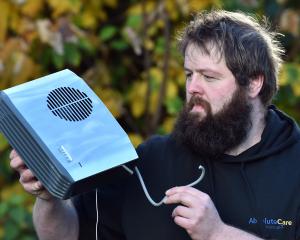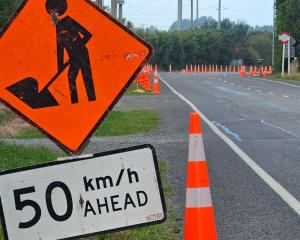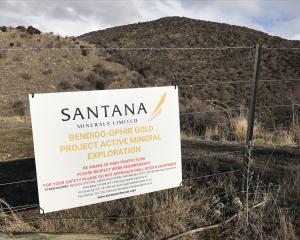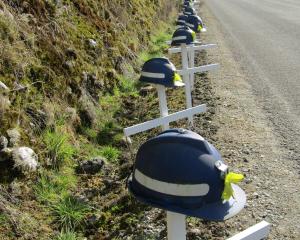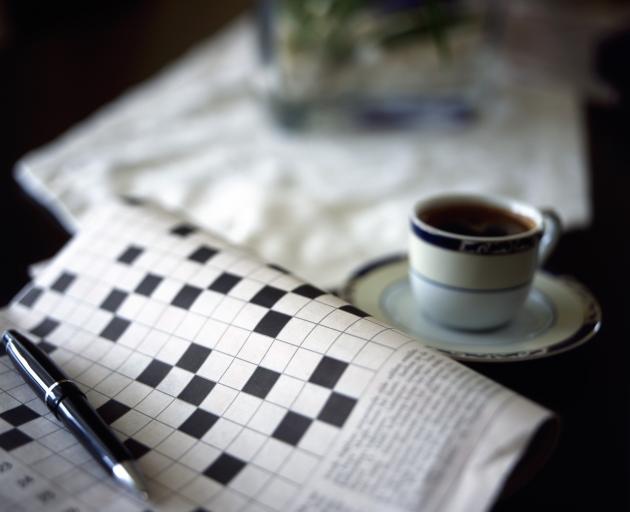
Well now, you will have solved the clue immediately, no doubt, and are wondering what the fuss is about. But I didn’t. I scratched my head. I answered other clues that gave me O as the first letter and A as the third. I scratched my head again and it came up with oval.
And it was only then, after knowing it for more than 60 years, that I realised the word derives, like numerous other words, from the Latin ovum meaning egg.

There also used to be a powdered night-time drink called Ovaltine, which I have just looked up and found that a: it still exists and b: it was formulated first in Switzerland in 1904 and c: its principal ingredient back then was eggs — though apparently it isn’t now.
And then there is The Oval, a cricket ground in London. I played there as a schoolboy once in 1972. We had the visitors’ dressing room and all I can remember of it now is that it had a row of large free-standing baths.
And after I had batted and been out for not a lot, I ran a bath and lay and soaked where Donald Bradman might have lain and soaked, not that it did me any bloody good.
Of course The Oval isn’t the only oval. Australia abounds in ovals where they play cricket in the summer, and in the winter the game they know as Rules because it has so few of them.
So much for ovals then. The crossword clue was answered, the etymology is clear, there’s nothing more to say except for one wee thing.
An oval isn’t egg-shaped.
Cricket pitches are laid north to south, so that the sun never shines directly in a batsman’s eyes.
And because there are several north-south oriented pitches laid side by side, the east-west axis of a cricket oval is nearly always longer than the north-south axis, sometimes by quite a lot. So the oval is a sort of stretched or flattened circle, but the shape remains symmetrical if folded along either axis.
An egg, in contrast, has a thin end and a fatter one. If laid on its side it is symmetrical along the horizontal axis but not along the vertical.
So what exactly is an oval? Is it egg-shaped or not? The answer had to lie with geometry.
The last time I had anything to do with geometry would have been about the same time I played at The Oval. The word evokes a vivid set of memories, the first of which is geometric instruments.
They came in sets in boxes. Each box held a bed of soft material on which there lay a plastic protractor for measuring angles, a pair of compasses for drawing circles and a pair of dividers for stabbing Bunker in the thigh. Bunker would howl with rage which, sadly, was the point of the exercise.
The instruments were also used for geometric drawing and I was bad at that. My fingers were stubby and sweaty. I stained the paper, tore it with the rubber, failed to understand what we were meant to do and gave up geometry, and with it all things scientific, as early as I could.
A little research now, however, and I discover all there is to know about the geometric figure called an oval, which is, that there is no such thing. It doesn’t exist.
Nor yet is there a figure called an oblong. The nearest thing to either is, well, take an ice-cream cone and stand it upside down on a flat surface.
Then, with a single blow of your impossibly sharp samurai sword, slice through it horizontally. The cross section of the cone will be a circle.
Now take another cone and slice through it again, but this time at an angle. The cross section will now be an ellipse — curving all the way around but longer on one axis than another.
And that is the nearest thing in geometry to what you and I know as an oval.
In conclusion, then, the word oval is an imprecise term. It derives from the Latin word for egg but it has evolved to mean merely eggish. Hence the cricket ovals and so on. (There is a word, however, that has retained the sense of truly egg-shaped. That word is ovoid.)
Here ends the lesson.
- Joe Bennett is a Lyttelton writer.




